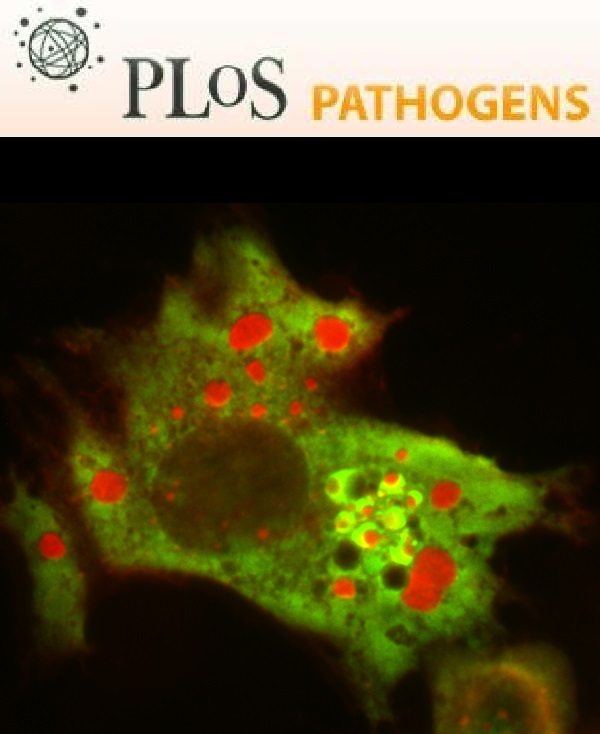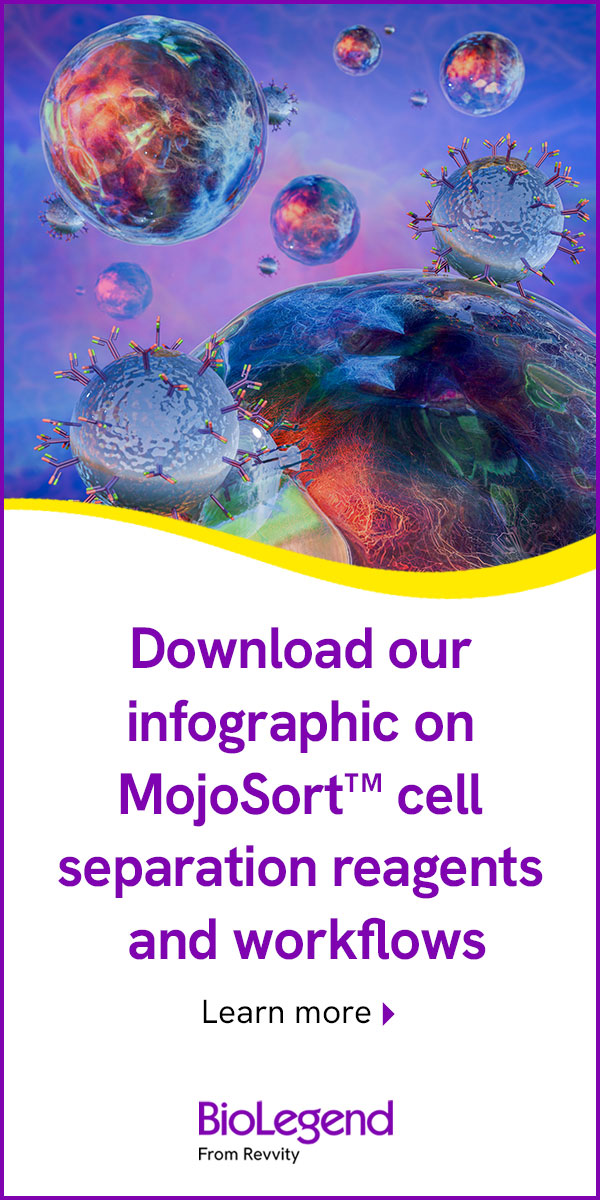- Submit a Protocol
- Receive Our Alerts
- Log in
- /
- Sign up
- My Bio Page
- Edit My Profile
- Change Password
- Log Out
- EN
- EN - English
- CN - 中文
- Protocols
- Articles and Issues
- For Authors
- About
- Become a Reviewer
- EN - English
- CN - 中文
- Home
- Protocols
- Articles and Issues
- For Authors
- About
- Become a Reviewer
In vitro Culture of Human PBMCs
Published: Vol 3, Iss 3, Feb 5, 2013 DOI: 10.21769/BioProtoc.322 Views: 114990

Protocol Collections
Comprehensive collections of detailed, peer-reviewed protocols focusing on specific topics
Related protocols
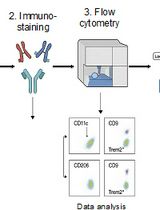
Identification and Sorting of Adipose Inflammatory and Metabolically Activated Macrophages in Diet-Induced Obesity
Dan Wu [...] Weidong Wang
Oct 20, 2025 2186 Views
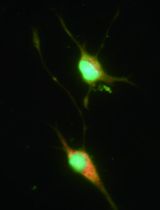
Selective Enrichment and Identification of Cerebrospinal Fluid-Contacting Neurons In Vitro via PKD2L1 Promoter-Driven Lentiviral System
Wei Tan [...] Qing Li
Nov 20, 2025 1314 Views
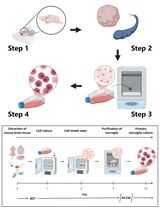
Revisiting Primary Microglia Isolation Protocol: An Improved Method for Microglia Extraction
Jianwei Li [...] Guohui Lu
Dec 5, 2025 1345 Views
Abstract
Peripheral blood mononuclear cells (PBMCs) consist of chiefly of lymphocytes and monocytes. Purified PBMCs are used in vitro to evaluate a variety of functions of lymphocytes viz; a) proliferation to mitogenic (PHA, Con-A) stimulation, b) monitoring of prior sensitisation in antigen recall assays by scoring lymphocyte proliferation, c) immunophenotyping for surface markers as well as intracellular molecules in monocytes and lymphocytes etc. Activation of monocytes/macrophages by small molecules, cytokines and pathogen components can also be monitored. PBMCs can also be used for a variety of structural and functional studies for addressing issues in human immunology such as scoring for apoptosis and production of cytokines as well as other mediators in vitro.
Materials and Reagents
- Freshly collected heparinised blood
- Ficoll Histopaque (Sigma- Aldrich, catalog number: 10771 )
- Sterile PBS or Dulbecco's modified eagle medium (DMEM) (catalog number: P-04-03590 )
- Pencillin-streptomycin solution (Sigma- Aldrich, catalog number: P4333 )
- W. B. C. diluting fluid (Qualigen, catalog number: 42425 )
- Fetal bovine serum (Pan Biotech, catalog number: 1302-P100402 )
- Trypan blue (Mediatech, catalog number: 193 )
- DMEM supplemented with 1% of Pencillin-streptomycin solution and 10% FBS (see Recipes)
Equipment
- Centrifuge machine with swing-out bucket rotors (Eppendorf, catalog number: 5810 R )
- Heparin vials (BD Biosciences, catalog number: 367886 )
- Sterile 15 ml centrifuge tube
- Auto pipettes
- 200 µl and 1 ml tips
- 24 well cell culture plate (TPP Techno Plastic Products, catalog number: 20090123 )
- Haemocytometer
- Tissue culture hood
- CO2 incubator
- Microscope
Procedure
- Collect about 4 ml of human venous blood sample in heparinised vials and mix well by gently inverting the tubes several times.
- Isolate human PBMCs by gradient centrifugation using Ficoll-Histophaque.
- Wash cells (centrifuge at 100 x g for 10 min) with 10 ml of sterile DMEM (without FBS) twice.
Note: Cold DMEM is not used routinely for washing lymphocytes from culture cavities while setting up cultures. Rather when monocytes bound tightly to plastic cavities are needed to be harvested pre-chilled DMEM can be used. - Discard medium and re-suspend the cell pellet in 1 ml of sterile Dulbecco's modified eagle medium.
- Count cells by haemocytometer using W.B.C. diluting fluid: Add 10 µl of cell suspension to 190 µl of W.B.C. diluting fluid and mix well. Load the cell suspension in a haemocytometer and count the cells. Adjust cell concentration at 1 x 106 cells/ml with Dulbecco's modified eagle medium supplemented with 1% of Pencillin-streptomycin solution and 10% FBS. The approximate yield of cells from 4 ml of blood varies between 107-108.
- Seed 500 µl of cell suspension in a 24 well culture plate.
Note: Monocytes in PBMCs get attached to the plastic in about 2-3 h when incubated at 37 °C. Longer incubation will result in firm attachement. Lymphocytes are not glass adherent and they will be mostly in suspension and can be removed by mildly flushing the wells with medium and/or buffer. Such treatment will keep the monocytes firmly attached to the surface of culture plates. - Cells can be treated with different antigens for different period of times and the supernatants can be analysed for cytokine levels. The cells can be analysed for phenotypic change, apoptosis or proliferation.
Note: PBMCs are primary cells and cannot be cultured for more than one passage under normal conditions. Lymphocytes of PBMCs can be made to proliferate in vitro by mitogens e.g., Phytohaemagglutin or Concanavin-A etc over a period to 72-96 h. Monocytes generally are end cells and do not proliferate. In absence of mitogens the proliferation of PBMCs will be negligible.
Recipes
- Dulbecco's modified eagle medium supplemented with 1% of Pencillin-streptomycin solution and 10% FBS
Technical notes
- Viability of the isolated PBMCs needs to be monitored add 200 µl of cell suspension to 200 µl of 0.4% of trypan blue solution and incubate for 15 min. Cheque for viability of cells by trypan blue staining and score under a microscope using haemocytometer (cells taking up a blue stain are dead cells).
- Calculate percentage viability as follows:
Cell Viability = total Viable cells/total cells x 100 - Cell suspension having more than 95% viability should be used for culture.
Acknowledgments
The laboratory protocol was evolved over time in the senior authors’ laboratory using a template that was published in 1986 in Handbook of Experimental Immunology / edited by D. M. Weir; co-editors, L. A. Herzenberg, Caroline Blackwell, Leonore A. Herzenberg. Blackwell Scientific Publications. Institute of Life Sciences is funded by Department of Biotechnology, Govt of India and SP was supported by a fellowship grant from Indian Council of Medical Research.
References
- Panda, S. K., Kumar, S., Tupperwar, N. C., Vaidya, T., George, A., Rath, S., Bal, V. and Ravindran, B. (2012). Chitohexaose activates macrophages by alternate pathway through TLR4 and blocks endotoxemia. PLoS Pathog 8(5): e1002717.
Article Information
Copyright
© 2013 The Authors; exclusive licensee Bio-protocol LLC.
How to cite
Readers should cite both the Bio-protocol article and the original research article where this protocol was used:
- Panda, S. K. and Ravindran, B. (2013). In vitro Culture of Human PBMCs. Bio-protocol 3(3): e322. DOI: 10.21769/BioProtoc.322.
- Panda, S. K., Kumar, S., Tupperwar, N. C., Vaidya, T., George, A., Rath, S., Bal, V. and Ravindran, B. (2012). Chitohexaose activates macrophages by alternate pathway through TLR4 and blocks endotoxemia. PLoS Pathog 8(5): e1002717.
Category
Immunology > Immune cell isolation > Lymphocyte
Cell Biology > Cell isolation and culture > Cell isolation
Immunology > Immune cell isolation > Maintenance and differentiation
Do you have any questions about this protocol?
Post your question to gather feedback from the community. We will also invite the authors of this article to respond.
Share
Bluesky
X
Copy link


